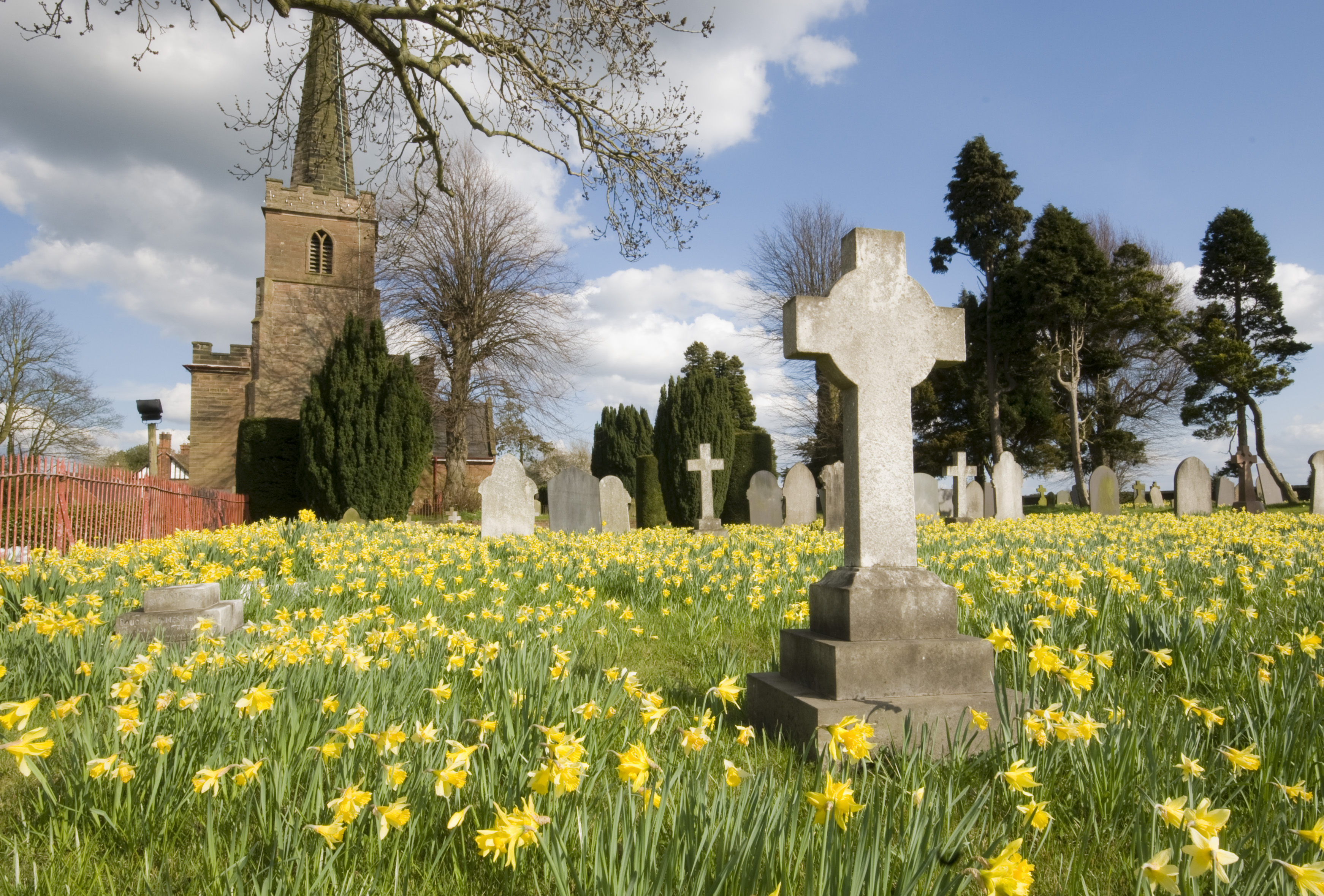|
Listed Buildings In Whittington, Staffordshire
Whittington, Staffordshire, Whittington is a civil parish in the district of Lichfield District, Lichfield, Staffordshire, England. It contains 19 buildings that are recorded in the National Heritage List for England. Of these, one is listed at Grade II*, the middle of the three grades, and the others are at Grade II, the lowest grade. The parish contains the villages of Whittington and Huddlesford and the surrounding countryside. Most of the listed buildings are houses and associated structures, cottages, farmhouses and farm buildings. In the parish is Whittington Barracks, and the listed buildings here are the keep, a garrison church, and two war memorials. The Coventry Canal and the Birmingham and Fazeley Canal pass through the parish, and a bridge over each of these is listed. The other listed buildings are a church, a memorial in the churchyard, a former school, and another war memorial. __NOTOC__ Key Buildings References Citations Sources * * * ... [...More Info...] [...Related Items...] OR: [Wikipedia] [Google] [Baidu] |
Whittington, Staffordshire
Whittington is a village and civil parish which lies approximately 3 miles south east of Lichfield, in the Lichfield district of Staffordshire, England. According to the 2001 census it had a population of 2,591, increasing to 2,603 at the 2011 Census. The parish council is a joint one with Fisherwick. The Coventry Canal borders the village to the north and east. History The place name of Whittington derives from the Old English for an estate associated with a man called Hwīta. Hwīta was an Anglo-Saxon personal name meaning 'white', given to someone with fair hair or pale complexion. Whittington formed part of the Bishop of Lichfield’s great manorial estate, which covered much of south-east Staffordshire. Known as the Manor of Longdon, it had been created for the bishop of Lichfield from the time of the Saxons, they remained the lord of the manor until 1546 when the bishop was forced to surrender it to Sir William Paget, one of Henry VIII's principal Secretaries of State, wh ... [...More Info...] [...Related Items...] OR: [Wikipedia] [Google] [Baidu] |
